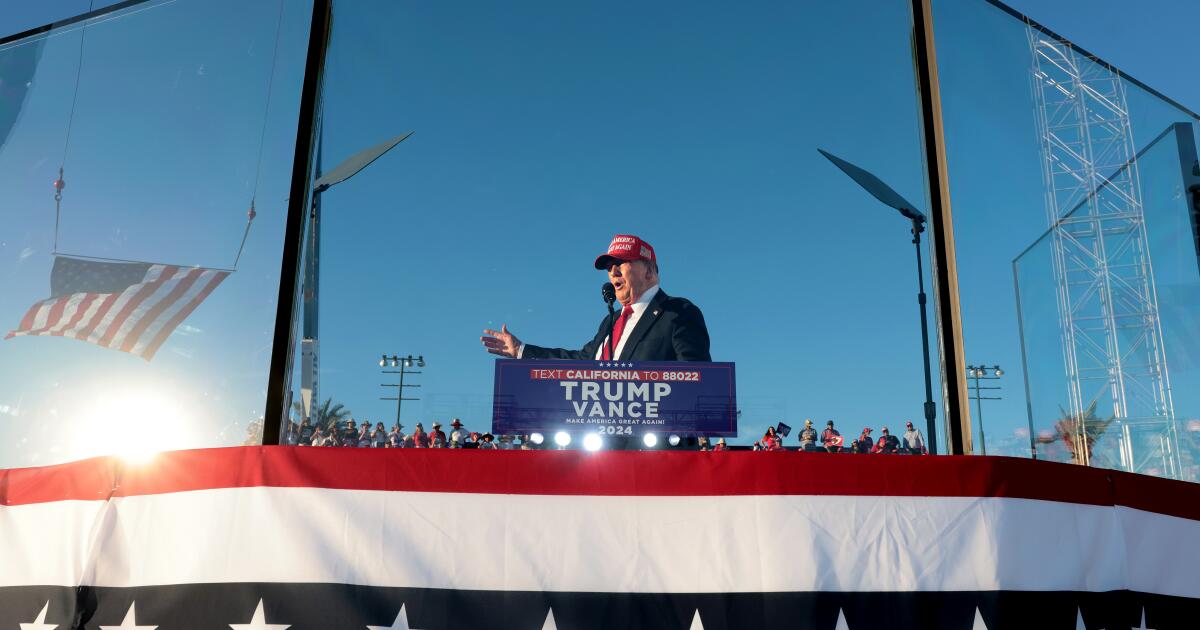Last Updated:
Marathwada has 46 assembly seats, while western Maharashtra holds 70, both regions where Maratha quota activist Manoj Jarange Patil commands significant influence
Activist Manoj Jarange Patil. (File image/PTI)
The Maratha reservation issue championed by activist Manoj Jarange Patil has been resonating in Maharashtra ahead of this month’s assembly elections.
News18 has analysed poll data to gauge how big a factor the issue could be in the November 20 polls.
Marathwada and western Maharashtra in focus
Marathwada has 46 assembly seats, while western Maharashtra holds 70, both regions where Patil commands significant influence. These two regions together have given Maharashtra nine chief ministers — eight Marathas and a Dalit —from the Congress.
Until a decade ago, both regions were a Congress-NCP (undivided) bastion. After 2014, the BJP-Shiv Sena (undivided) strategically made inroads in the regions.
Jarange Patil has withdrawn his earlier decision to field candidates in the assembly polls, saying he wants to focus on reservation for Marathas and not politics.
What happened in Lok Sabha polls
In the April-June Lok Sabha elections, the Maratha, Dalit, and Muslim communities united under the Maha Vikas Aghadi banner, against the Bharatiya Janata Party-led Mahayuti.
The polls saw sharp polarisation of Maratha and OBC votes across Maharashtra, particularly in Marathwada, where the BJP-led alliance could win only one of the eight seats. Of the eight victorious Lok Sabha candidates in Marathwada, only one was a non-Maratha―the Congress’s Dr Shivaji Kalge from the Latur constituency, reserved for scheduled caste candidates.
Strength in numbers
Traditionally, Marathas have constituted approximately 50% of the state assembly’s elected members, with around 80 seats never won by non-Maratha candidates.
According to a government-appointed panel, Marathas make up 28 per cent of Maharashtra’s population. As many as 12 of the 20 chief ministers in the state belonged to this community.
Are things changing?
However, since the 1990s, there has been a decline in this hegemonic status, exacerbated by the Congress’s waning influence and the rise of right-wing parties such as the Shiv Sena and BJP. This fragmentation has resulted in the dispersal of Maratha voters across multiple political parties, diluting their once unassailable political clout.
Analysts say while the Bharatiya Janata Party seeks to consolidate the Hindu vote for Mahayuti, the anti-BJP sentiment among Maratha, Dalit, and Muslim voters remains a challenge.




